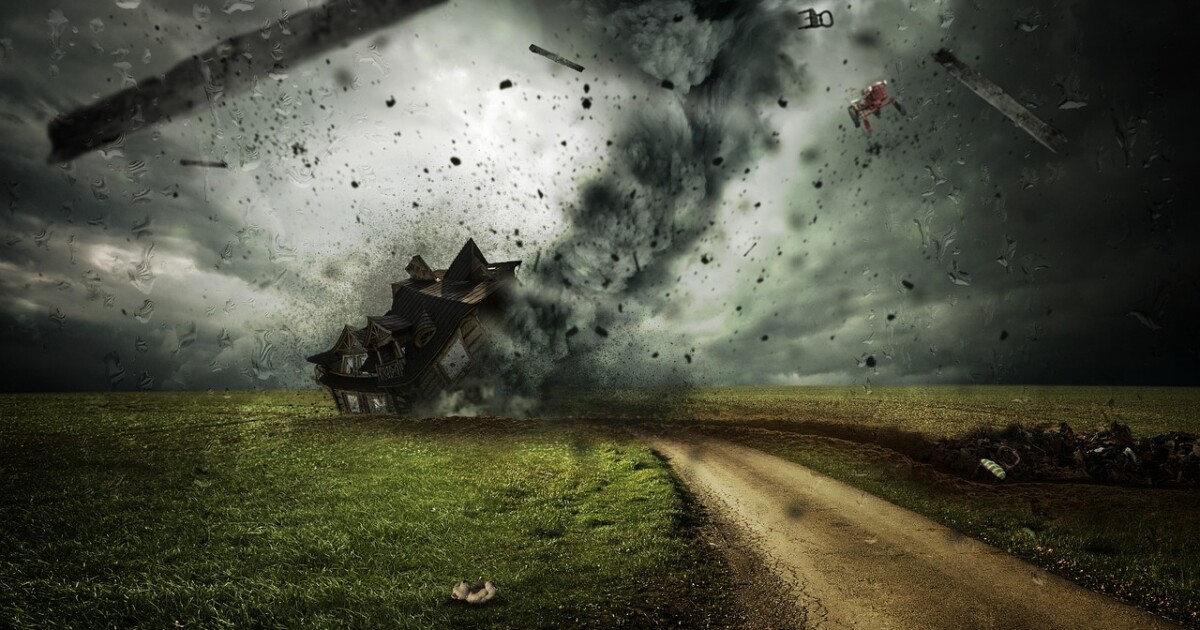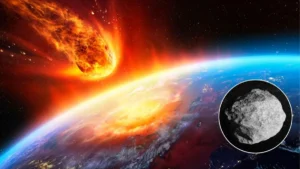
The recent earthquake in Taiwan has highlighted the reality of living in a region marked by seismic activity.
With a magnitude of 7.4 on the Richter scale, the earthquake has activated tsunami warnings in Taiwan, Japan and the Philippines.reminding the population of the inherent dangers of living in areas near the Pacific Ring of Fire.
What is the Ring of Fire?
The Pacific Ring of Fire, also known as the Ring of Fire, is a vast area spanning around 40,000 kilometers along the edge of the Pacific Ocean. This territory is characterized by its intense seismic and volcanic activity.the result of the convergence of several tectonic plates.
What areas does the Ring of Fire cover?
The Ring of Fire is a region where the greatest seismic and volcanic activity on the planet is concentrated. It extends along the coasts of the Pacific Ocean and covers several countries.including Chile, Peru, Ecuador, Colombia, Mexico, United States, Canada, Russia, Japan, Philippines, Taiwan, Indonesia, New Zealand and various Pacific islands.
What is the relationship of the Ring of Fire with natural phenomena?
The relationship of the Ring of Fire with natural phenomena is due to the presence of tectonic plates that interact in this region. Seismic and volcanic activity in the Ring of Fire is the result of the convergence, subduction and collision of tectonic plates. This interaction generates frequent earthquakes and volcanic eruptions, which in turn can trigger other natural phenomena such as tsunamis, landslides and avalanches.
The Pacific Ring of Fire It is home to about 80% of the world’s largest earthquakes and 75% of the world’s volcanoes. Some of the most active volcanoes in the Pacific Ring of Fire include:
- Mount Fuji in Japan
- Kilauea in Hawaii
- Mount St. Helens in the United States
- Popocatépetl in Mexico
- Nevado del Ruiz in Colombia
The Taiwan earthquake and the Ring of Fire
- Location: The epicenter of the earthquake was located 18 kilometers south of Hualien, a Taiwanese city located within the Ring of Fire.
- Plate convergence: The friction and movement of the Eurasian and Philippine plates in the area generated the energy that released the earthquake.
- Frequency of events: The Ring of Fire is responsible for around 80% of the world’s strongest earthquakes, making Taiwan susceptible to these types of events.
Source: https://www.noticiascaracol.com/mundo/que-es-el-cinturon-de-fuego-y-cual-es-su-relacion-con-el-terremoto-en-taiwan-so35


